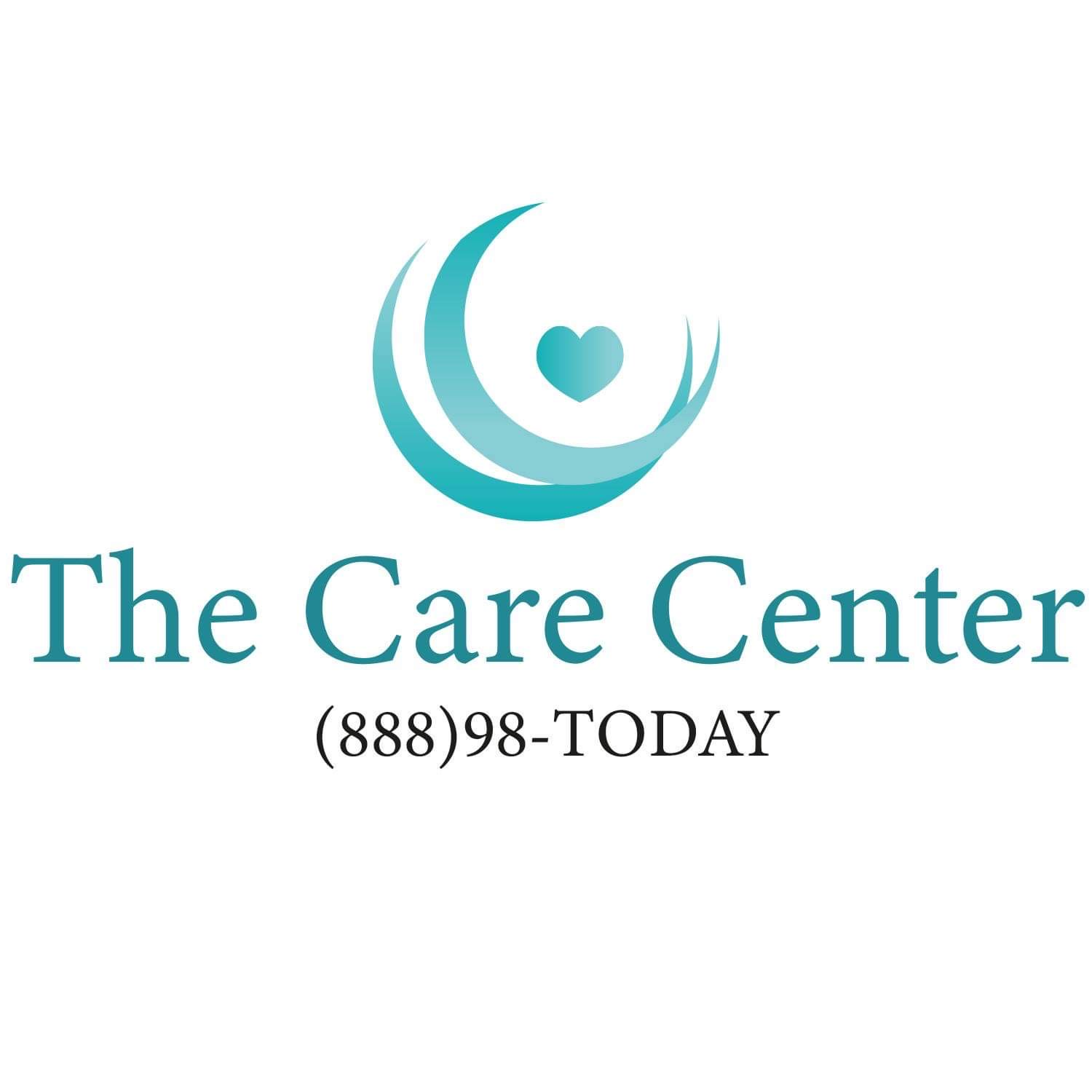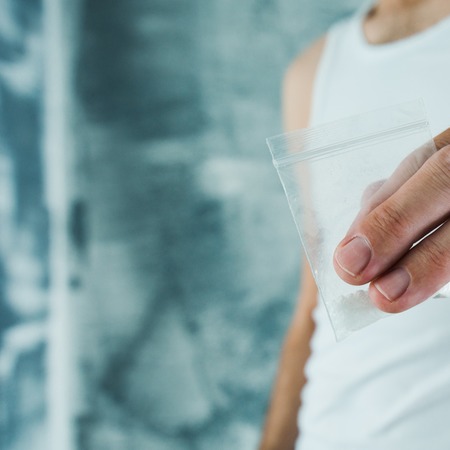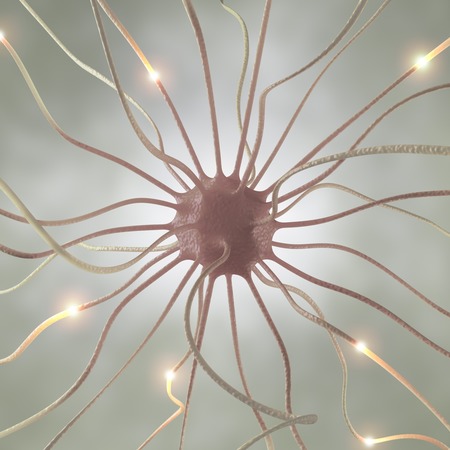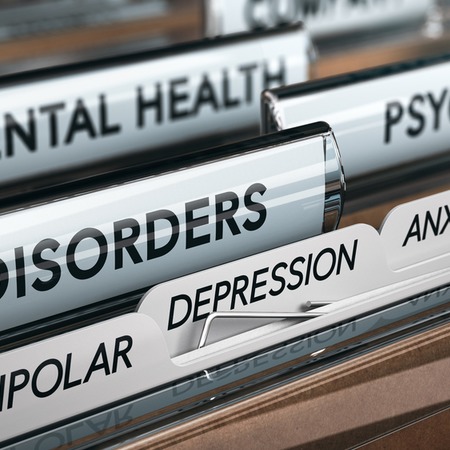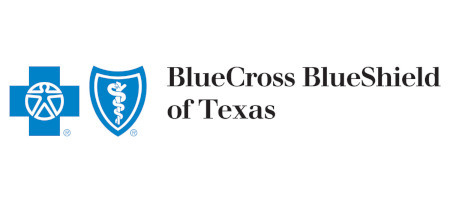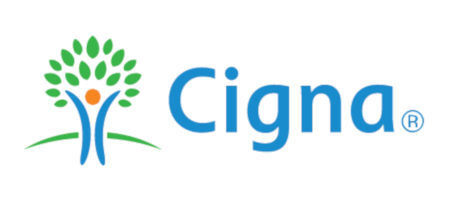Substance Use Disorder & Addiction
What is a Substance Use Disorder?
What society and doctors in our field once called “addiction” is now known by the clinical term “substance use disorder.” According to the Substance Abuse and Mental Health Services Administration (SAMHSA), a substance use disorder, or a drug use disorder, is characterized by being a mild, moderate, or severe dependence on certain drugs or prescription medications. Substance use disorders occur when the ongoing use of a drug, alcohol, or prescription medication causes a clinical inability to fulfill and experience normal activities and responsibilities, including work, school, and at home.
Although it may seem substance use disorders are more likely to be found in older citizens who may be on one or more medications for health reasons, substance use disorders happen in all walks of life, ages, and social groups. SAMHSA states that according to a 2014 survey, 21.5 million Americans from the age of 12 and up were classified as having a substance use disorder within the past year.
There are a few different types of substance use disorders, and they include Alcohol Use Disorder (AUD), Tobacco Use Disorder, Cannabis Use Disorder, Stimulant Use Disorder, Hallucinogen Use Disorder, Opioid Use Disorder, and others.
When someone is dealing with a substance use disorder, you will often notice changes in their appearance, actions, and habits. The three primary areas to observe are behavioral changes, physical changes, and social changes.
Behavioral Changes:
- Spotty attendance at school or work, or frequently being late
- Consistently getting into trouble at school or at work (which includes fights, arguments, and accidents)
- Using substances at dangerous times, like while driving or operating machinery
- Behaving in secretive or suspicious ways
- Changes in appetite and sleep patterns
- Sudden change in personality or attitude
- Sudden mood swings, anger, and irritability
- Unusual bouts of giddiness, agitation, and energy
- Lack of motivation
- Unexplainable fear, anxiety, or paranoia
Physical Changes:
- Bloodshot eyes and abnormally sized pupils
- Sudden weight loss or gain
- Deterioration of physical appearance
- Abnormal smells on body, clothing, or breath
- Slurred speech and body tremors (shakes)
Social Changes:
- Sudden change in social circle
- Change in hobbies and favorite hangout spots
- Legal issues related to substance use
- Out-of-character need for money or other financial problems
- The use of substances even though it causes relationship problems, including with friends, family, and spouse/partner
If you or someone you love are struggling with Substance Use Disorder or any other mental health issue, LET US HELP. Give us a call at 1-888-98-TODAY. Feel free to fill out the new contact form listed under the Contact Us tab at the top of the Texas Care website for more information on how we can better serve you. It’s quick and confidential.
